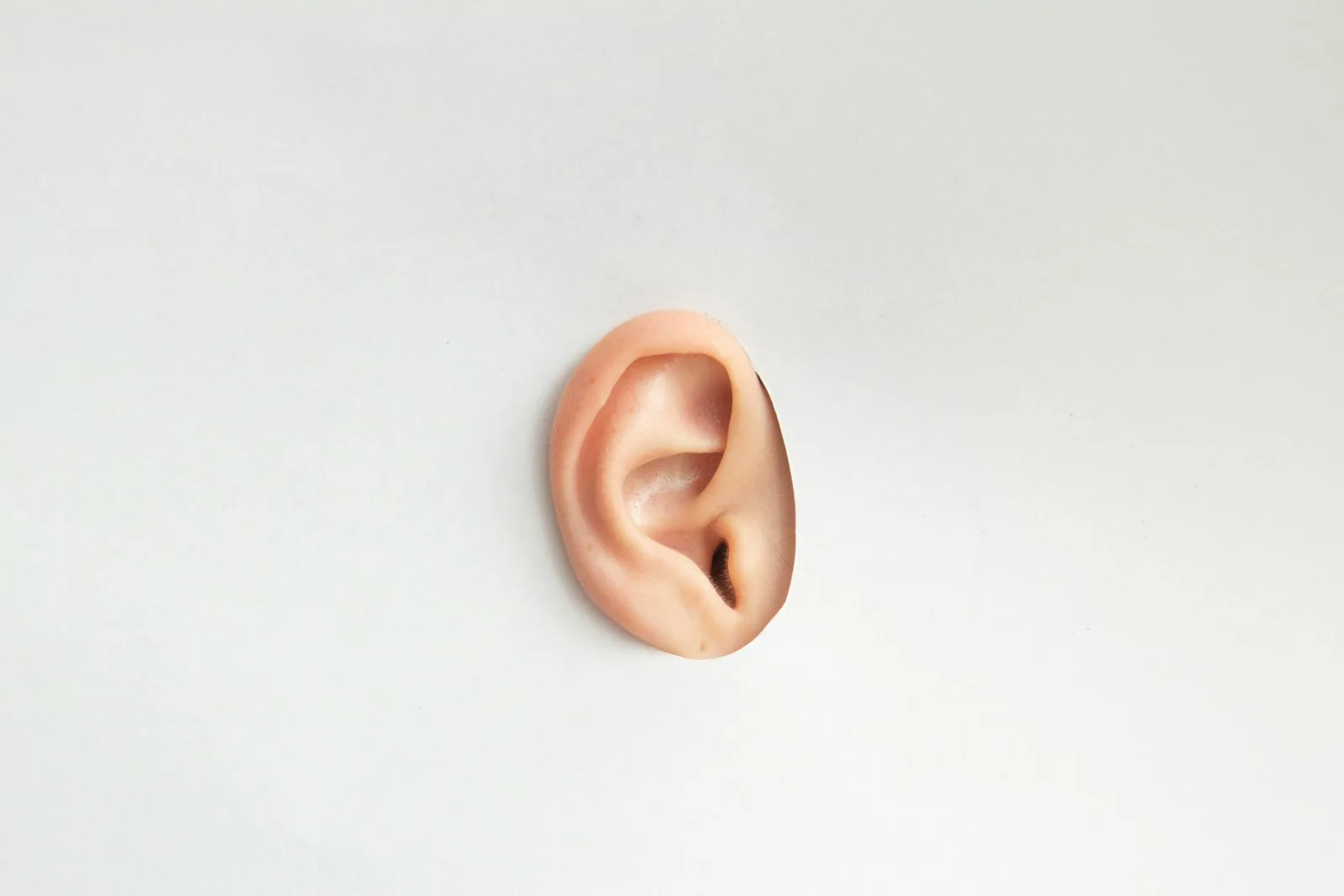To understand vestibular disorders, you firstly need to know a little about the workings of the inner ear. The human inner ear is made up of both the cochlear (hearing organ) and vestibular (balance) system. The vestibular system has 5 specialised parts dedicated to balance.

We have three semicircular canals (horizontal, anterior and posterior) in each ear which are located in different spatial planes and allow us to detect angular and rotational head movement.
We also have two otolith organs (utricle and saccule) in each ear which are sensitive to gravity. They are sensitive to gravity and allow us to detect linear accelerations such as stop/start and up/down movements.

When the vestibular system is functioning well, both ears will send symmetrical messages to the brain. If one ear stops working this can create vertigo (a false sensation of movement). If both ears stop working then there is no signal for movement when there should be.
Luckily your balance system also has two other inputs to rely on. Your balance system is made up of information coming from your ears as well as your eyes and muscles. For a more detailed description of how the balance system works, click here.
The other good news is that if part of the inner ear stops working, your brain can re-learn how to use the “new” information coming from your ears. Often people will want to stop moving their head as it provokes their symptoms, but movement is so important for the brain to adapt to the changes in the balance system.
One way to speed up this process and challenge the balance system in safe environment is through vestibular rehabilitation exercises. These exercises are prescribed by a vestibular physiotherapist. You can lean more about vestibular physiotherapy here.

